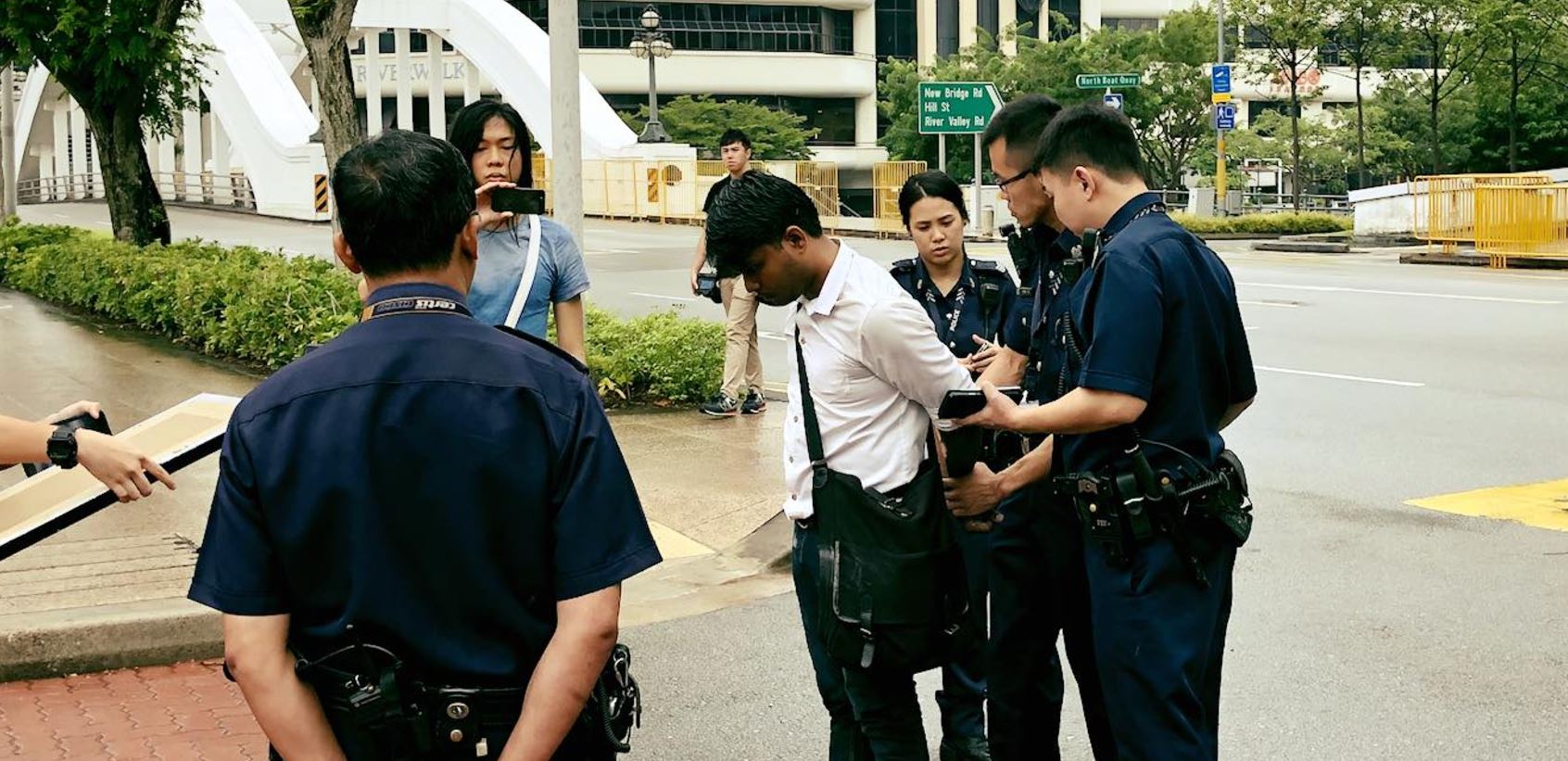Tackling inequality by investing in the bottom to uplift them – that is Singapore’s approach said Education Minister Ong Ye Kung on Thursday (4 July) at the Group of Seven (G7) roundtable discussion for education ministers. The meeting – held in Sevres, France – was the first Singapore has been invited to.
The informal G7 forum of the world’s seven major economic powers – Canada, France, Germany, Italy, Japan, the United Kingdom, and the United States – also included representatives from Singapore, Argentina, and Estonia.
During the discussion with his foreign counterparts, Mr Ong impressed that childhood education is the key to tackling inequality and that Singapore had invested heavily on this front to enhance the affordability and accessibility of good quality pre-schools.
In a statement, the Ministry of Education (MOE) said that the G7 countries had, at the meeting, adopted a common declaration to reaffirm the crucial role of education in promoting equal opportunities and addressing inequality in their respective societies.
The irony here is that while Mr Ong spoke about how Singapore tackles inequality at the G7 stage, barely a year ago Singapore was ranked by Oxfam in bottom 10 countries in efforts to tackle inequality.
In October 2018, Oxfam released the Commitment to Reducing Inequality Index 2018 which places Singapore below countries like Niger, China, Kosovo, and Bangladesh.
Of the G7 countries, Japan ranked on top followed by Germany (2) and France (8) in the top 10. The United Kingdom (14), Canada (18) and Italy (16) stayed in the top 20 while the United States ranked at 23.
For Singapore, the Oxfam report cited the introduction of new indicators on harmful tax practices as a contributing factor to Singapore’s decline on the rankings. On top of that, the low score is attributed to relatively low public social spending, and the non-existent equal pay or non-discrimination, no blanket minimum wage, and inadequate laws on rape and sexual harassment.
Is Singapore in the position to talk about effective approaches to inequality?
Now in terms of income inequality, Singapore fares no better. In fact, the country’s Gini Coefficient reveals that Singapore has worse income inequality than almost all Organisation for Economic Co-operation and Development (OECD) countries other than US and Mexico.
The Gini coefficient, for those who are unsure, is a measure used to represent income or wealth distribution of a country’s residents. It is commonly used to measure inequality. The higher the number, the lower the rate of inequality.
Back in March 2018, Straits Times (ST) published a chart to show Singapore’s Gini coefficient relative to other countries. The thing is, the chart favoured the coefficient calculated before taxes and transfers. That puts Singapore relatively low on the ranks (meaning more equality). Transfers generally include rebates as well as subsidies for education, health, reemployment.
But if you look at the coefficient after taking into account taxes and transfers, Singapore is among the worse countries for inequality.

The Ministry of Finance said that the before-tax coefficient is a more valid measure of inequality because the after-tax calculations “do not reflect the full range of government policy interventions that are unique to the Singapore context”.
But Singstat actually included plenty of items that don’t exactly target the poor in Singapore – which naturally skewed their calculations. These things – such as NS50 vouchers, Pioneer Generation Package, and Baby Bonus – are not things that are generally included in the OECD’s calculation as they don’t fall within the definition of transfers. These are social security, social assistance and employment related social insurance. When you take all that away, the amount Singapore transfers to the needy could be much lower.
On top of that, Gini coefficient calculated by Singapore only looks at income from work whereas the OECD also takes into account income from investment and properties. Chances are that this means income among high earner is likely under reported.
The rich can make more money from investments and property as they have the funds to do so, compared to lower income Singaporeans who don’t have access to this avenue of income.
The thing about statistics is that it pliable. You can easily present numbers it in a way that tells the story you want to tell. It’s about how you frame it.
In reality, Singapore is one of the worse countries in the OECD in terms of income inequality and is in the bottom 10 of countries in terms of its commitment to reducing inequality. And yet, the Education Minister spoke to the G7 about Singapore’s approach to tackling inequality.








